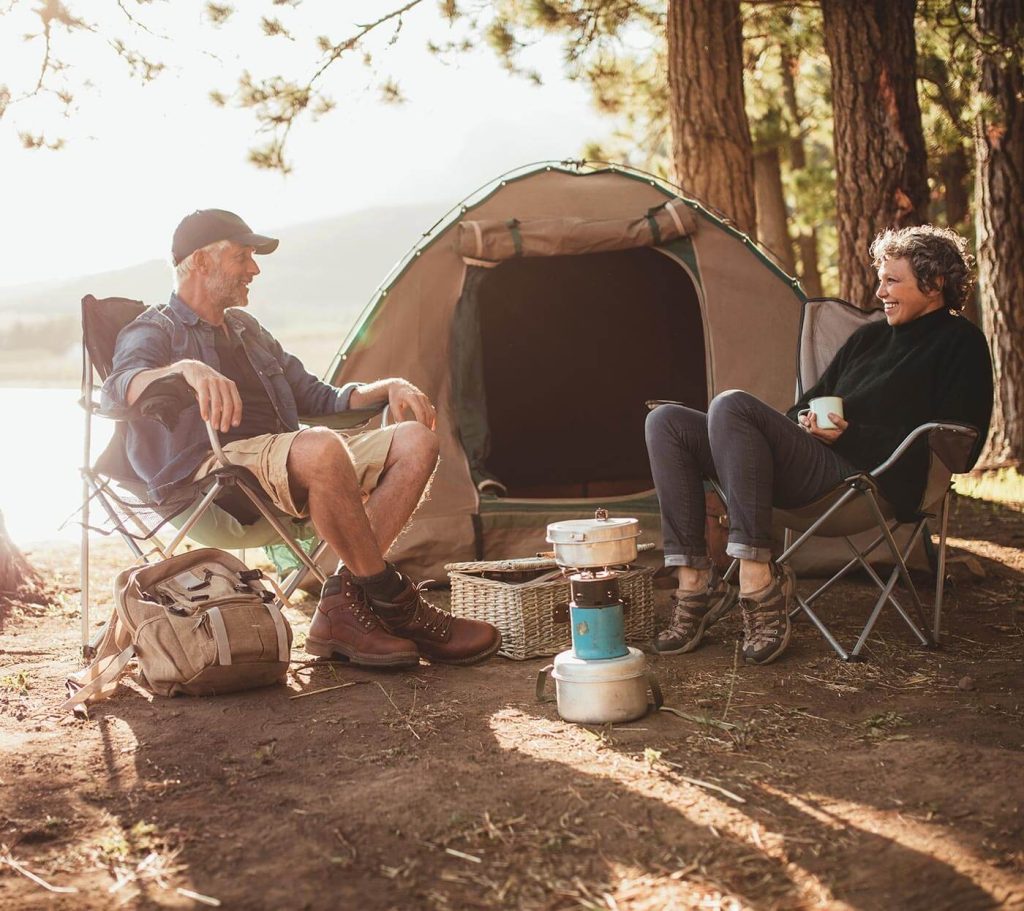How to Add Extra Warmth to Your Sleeping Bag with Liners and Pads
Shivering through the night in a cold sleeping bag can turn any adventure into a miserable memory. I've been there—freezing in the middle of nowhere, counting the hours until sunrise.
To add extra warmth to your sleeping bag, use liners to trap body heat and pads to insulate you from the cold ground. Both dramatically increase comfort and warmth.
Camping should be about peaceful nights under the stars, not battling cold air and frozen toes. I learned early on that a few smart upgrades can turn your tent into a cozy retreat—even in the cold.
What does a sleeping bag liner do and how does it help?
Sleeping bags aren’t magic—they rely on trapping your body heat. But what happens when that’s not enough?
A sleeping bag liner acts like an extra layer of insulation inside your bag. It traps additional body heat and can increase warmth by 5 to 15 degrees Fahrenheit.
Types of Sleeping Bag Liners and Their Warmth Benefits
Each liner material has a different purpose. I've tried most of them while camping in different seasons.
| Liner Material | Warmth Boost | Weight | Best For |
|---|---|---|---|
| Fleece | +10°F to +15°F | Heavy | Cold weather trips |
| Silk | +5°F | Very light | Lightweight backpacking |
| Cotton | +5°F to +10°F | Medium | Budget-friendly comfort |
| Thermolite | +15°F | Medium | Extreme cold |
Using a liner also keeps your sleeping bag cleaner, which means less frequent washing and longer bag life. When I camp in cooler weather, I always carry my fleece liner. It’s warm, soft, and turns a three-season bag into a four-season performer.
How do sleeping pads add warmth?
Ever felt cold even in a good sleeping bag? It might be coming from below.
Sleeping pads add warmth by creating a barrier between your body and the cold ground. Their insulation value is measured by R-value—the higher, the better the warmth.
R-Value Explained: What You Need to Know
The R-value tells you how well a pad resists heat loss to the ground. Here’s a quick guide based on what I’ve learned from multiple cold nights outdoors:
| R-Value | Season Use | Temperature Suitability |
|---|---|---|
| 1.0 - 2.0 | Summer | +50°F and up |
| 2.1 - 3.9 | Spring/Fall | +35°F to +50°F |
| 4.0 - 5.4 | Late Fall | +20°F to +35°F |
| 5.5+ | Winter | Below +20°F |
When I camp in cold weather, I always use a high R-value pad. One trip taught me this the hard way—I had a warm bag but no insulation under me. Never again.
How do I combine liners and pads for maximum effect?
You might wonder, should I choose a liner or a pad? The answer is: both.
Combining a sleeping bag liner with a high R-value pad offers the most complete solution to sleeping warm in cold weather. One traps heat, the other blocks cold.
My Proven System for Staying Warm at Night
Here’s the layering system I use for sub-freezing nights:
- Sleeping Bag: Rated 15°F lower than the expected low
- Liner: Fleece or Thermolite for added warmth
- Sleeping Pad: At least R-5 value
- Clothing: Dry base layer and wool socks
This system has kept me warm even in unexpected snow. I once shared it with a group on a winter campout, and everyone slept through the night—no complaints, no cold toes.
Conclusion
You don't need to dread cold nights in the wild. With the right liner and pad, your sleeping bag can feel like home—no matter how low the temperature drops.
Ready to upgrade your outdoor sleep setup? Explore our full range of sleeping bags, liners, and insulated pads at www.kingrayscn.com or email Lisa Wang at marketing@kingrayscn.com to get expert help and product recommendations.


